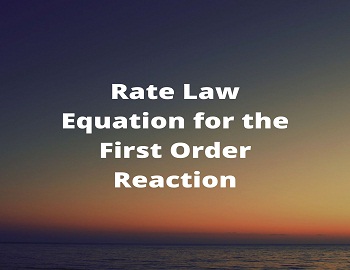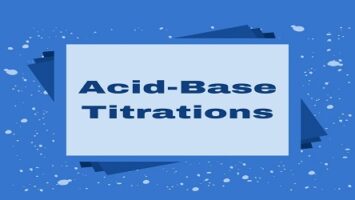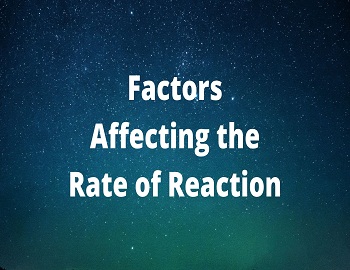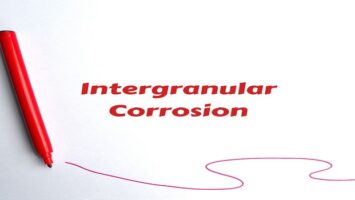Table of Contents
Liquid-Liquid Phase Diagrams:
There are three types of liquid-liquid phase diagrams.
Systems with Upper Critical Solution Temperature (UCST):
In this type, we will discuss the solution of partially miscible liquids. For example, a mixture of hexane and nitrobenzene.
Example 1: Hexane and Nitro-Benzene System
When hexane and nitrobenzene are mixed together, the liquid consists of two immiscible phases-
- one is a saturated solution of hexane in nitrobenzene.
- other is a saturated solution of nitrobenzene in hexane.
Since the two solubilities vary with temperature, thus as the temperature is changed, the composition of the two phases changes as shown in the following phase diagram.

Let us study the graph from the left to right direction. When a small amount of nitrobenzene is added to a sample of hexane at some temperature, it dissolves completely i.e., it consists of only one phase. However, if we keep on adding nitrobenzene in hexane at the same temperature, a stage will come when no more nitrobenzene dissolves (Point A). The sample then consists of two phases in equilibrium with each other. The phase in larger proportion consists of hexane saturated with nitrobenzene and the phase in smaller portion consists of nitrobenzene saturated with hexane. The composition of the former is represented by x1 and that of the latter by x2. The horizontal line which joins x1 and x2 is called the tie line which forms two phases in equilibrium with each other.
The relative composition of two phases at any point P is given by-
| Amount of phase of composition x2 / Amount of phase of composition x1 = x3 – x1 / x2 – x3 |
If we continue the addition of nitrobenzene, a stage will be reached when so much nitrobenzene is present that it can dissolve all the hexane (Point B). At this stage, the system will again have a single phase.
The further addition of nitrobenzene will simply dilute the solution and from then it remains a single phase.
The UCST or upper critical solution temperature is the upper limit of the temperature at which phase separation occurs.
Above UCST the two components are fully miscible.
Example 2: Phenol-Water System
Phenol and water are only partially miscible at ordinary temperatures. Therefore, when phenol and water are mixed together, the liquid consists of two immiscible phases-
- one is a saturated solution of phenol in water.
- other is a saturated solution of water in phenol.
Since the two solubilities vary with temperature, thus at the temperature change, the composition of the two phases changes as shown in the diagram.

Let us study the graph from the left to the right direction. When a small amount of phenol is added to a sample of water at some temperature. it dissolves completely. At this stage, there is only one phase. However, if we keep on adding phenol in water at some temperature, a stage will come when no more phenol dissolves (Point A). The sample then consists of two phases in equilibrium. If we continue the addition of phenol, a state will be reached when so much phenol is present that it can dissolve all the water (Point B).
The mutual solubility of phenol and water increases with the rise in temperature and therefore, the concentration of phenol in water as well as that of water in phenol goes on increasing with the rise of temperature, and ultimately at a certain temperature, the two conjugates solutions (two phases) change into one homogeneous solution (one phase). The consolute temperature (UCST) for the phenol-water system is found to be 68.1℃. The composition of the solution is 36.10 percent phenol and 63.90 percent water. Above the consolute temperature, the two liquids become miscible with each other in all proportions (one phase).
Systems With Lower Critical Solution Temperature (LCST):
Example: Triethylamine and Water System
Some partially miscible liquids show a lower critical solution temperature (LCST). An example of such a system is a mixture of water and triethylamine. The phase diagram is shown below:

Below LCST, the two liquids mix in all proportions, and above it they form two phases.
In such systems, the two components are more miscible at low temperatures because they form a weak complex. At higher temperatures, the complex breaks up and the two components are less miscible.
System Showing Both UCST and LCST:
Example: Nicotine- Water System
Some partially miscible liquid systems show both UCST and LCST. One such example is a mixture of nicotine with water. Such mixtures are partially miscible between 61℃ and 210℃. The phase diagram for such a system is shown below.

Such systems are partially miscible in between LCST and UCST i.e., they are completely miscible below LCST and above UCST to form one phase.
Below LCST such systems are completely miscible because the two components form a weak soluble complex below LCST. On increasing temperature slightly above LCST, the weak complex breaks up, and two components separate to form two phases.
Between the temperature range, LCST and UCST both the components are partially miscible. But on increasing the temperature above UCST, the two components become completely miscible again. This is because, at higher temperatures, the thermal motion homogenized the mixture like ordinary partially miscible liquid.
| Ques: What do you mean by UCST and LCST? Ans: The upper critical solution temperature, UCST is the highest temperature at which phase separation occurs. The lower critical solution temperature, LCST below which they mix in all proportions and above which they form two phases. |









Comments (No)